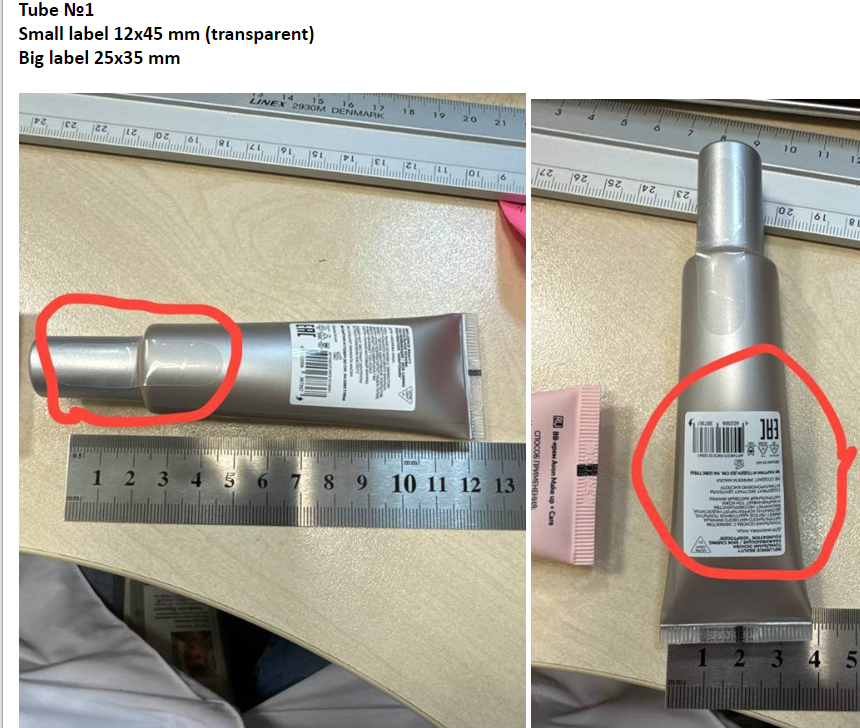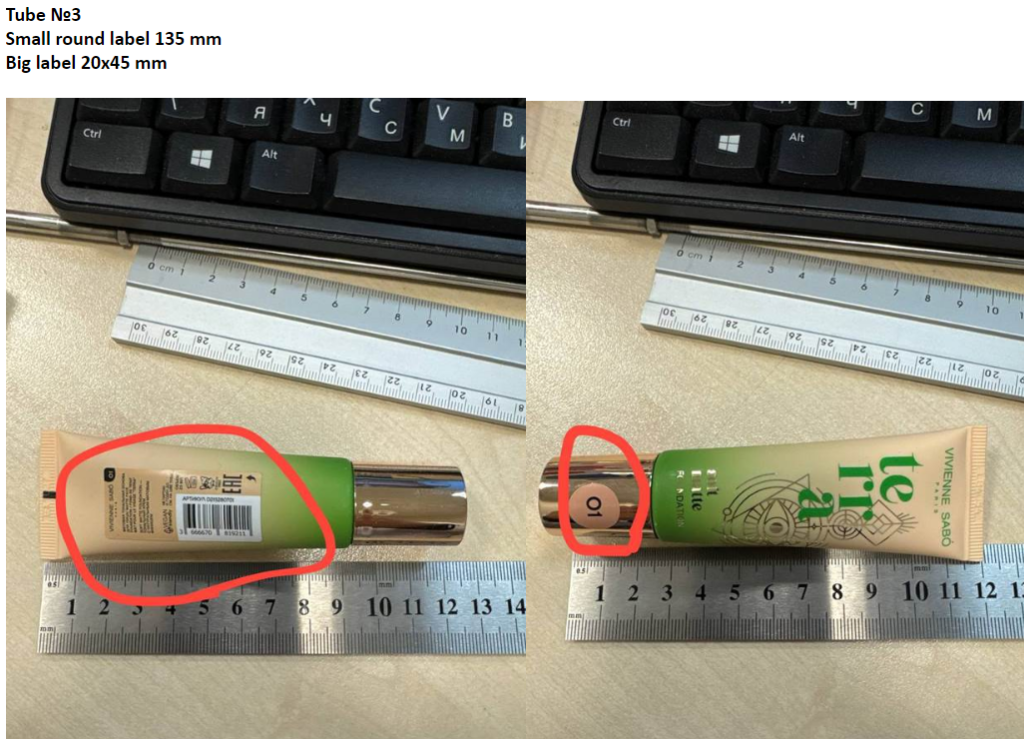How to Label Cosmetic Products?

You ever picked up a cosmetic product and wondered, what exactly is in this thing? Yeah, me too. Whether it’s a fancy serum promising eternal youth or a simple tub of moisturizer, that tiny label wrapped around the bottle tells a story—what’s inside, who made it, how to use it, and, most importantly, whether it’s going to make you break out.
But here’s the thing—getting that little label onto a product isn’t as simple as slapping on a sticker. It’s a whole process. A process that involves compliance, precision, and some pretty slick labeling machines like round bottle labeling machines, plane labeling machines, and automatic card labeling machines.
If you’re in the cosmetics business, you know this is serious stuff. One wrong move and you could end up with a batch of unreadable labels, misplaced stickers, or, worst of all, a call from a regulatory agency (yikes). Let’s dive into what it takes to label cosmetic products the right way—without the headaches.

What Are the Key Requirements for Labeling Cosmetic Products?
Imagine this: You’ve just created the most amazing skincare product. It’s got the perfect blend of ingredients, smells divine, and makes skin glow like the morning sun. But if your label isn’t up to legal standards? Forget selling it.
Cosmetic labeling isn’t just about looking pretty—it’s about following the rules. Different countries have different regulations, but here’s what your label absolutely needs:
- Ingredient List: Think of this as the recipe for your product. Everything must be listed in descending order of concentration. No hiding sketchy chemicals at the bottom!
- Net Weight/Volume: How much product is inside? Consumers need to know if they’re paying for 50ml of serum or a sad little 10ml sample.
- Manufacturer Info: Your name, company, and address—because customers (and regulators) need to know who to contact.
- Batch Code & Expiration Date: This helps trace products in case of recalls or quality issues. No one wants to use an expired face cream.
- Warning Labels: Allergens, potential irritants, or anything that could be harmful must be clearly stated.

What Machines Are Used for Labeling Cosmetic Products?
If you’ve ever tried to stick a label perfectly on a bottle by hand, you know—it’s a nightmare. Air bubbles, wrinkles, labels peeling off—it’s a mess. That’s why labeling machines exist.
Here’s a breakdown of the most common ones used in the cosmetics industry:
| Machine Type | What It’s Used For |
|---|---|
| Round Bottle Labeling Machines | Perfect for cylindrical bottles, like toners or body mists. |
| Plane Labeling Machines | Ideal for flat surfaces, like the lids of face cream jars. |
| Side Labeling Machines | Designed for uniquely shaped or rectangular products. |
| Automatic Card Labeling Machines | Great for flat packaging, like sheet mask pouches. |
[Check out more on round bottle labeling machines
How Does the Labeling Process Work in Cosmetic Manufacturing?
So, how do labels actually get onto a product? It’s not magic (though, sometimes, it feels like it). It’s a carefully choreographed dance between machines, sensors, and automation.
Here’s what happens behind the scenes:
- Product Feeding: Your bottles or jars move through a conveyor system, ready to be labeled.
- Label Detection: Sensors ensure that the right label is picked up.
- Application: The machine applies the label with precision—no bubbles, no misalignment.
- Adhesion & Inspection: Pressure rollers press down to make sure the label sticks, while quality control scans for errors.
- Printing & Batch Coding: If needed, a real-time printing labeling machine stamps on expiration dates or batch numbers.
The entire process happens in seconds, making it efficient, consistent, and stress-free.
Why Is Proper Labeling Important for Cosmetic Products?

Okay, let’s be real—labels do way more than just tell you what's inside. They protect your brand, build trust, and, quite frankly, keep you out of legal trouble.
Why should you care about perfect labeling?
- Compliance: Government agencies don’t play around. If your label doesn’t meet standards, say goodbye to selling your product.
- Consumer Transparency: People want to know what they’re putting on their skin. A clear, well-designed label builds trust.
- Branding: A beautifully labeled product looks professional and attracts customers. No one wants a bottle with a crooked, smudged label.
- Error Reduction: Ancillary machines help with quality control, ensuring no product leaves the factory with a mislabeled sticker.
Learn more about automatic card labeling machines.
Conclusion
Labeling might seem like a small detail, but it’s one of the most important parts of selling cosmetic products. It ensures legal compliance, builds brand reputation, and makes sure your customers know exactly what they’re buying.
Using the right machines—like round bottle labeling machines, plane labeling machines, and automatic card labeling machines—can take your production process from frustrating to seamless.
At the end of the day, a great product deserves a great label. And trust me, getting it right the first time is a whole lot easier than dealing with a recall.
So, whether you’re a small brand just getting started or a seasoned manufacturer looking to refine your process, invest in the right labeling solutions. Your future self (and your customers) will thank you. 🚀


